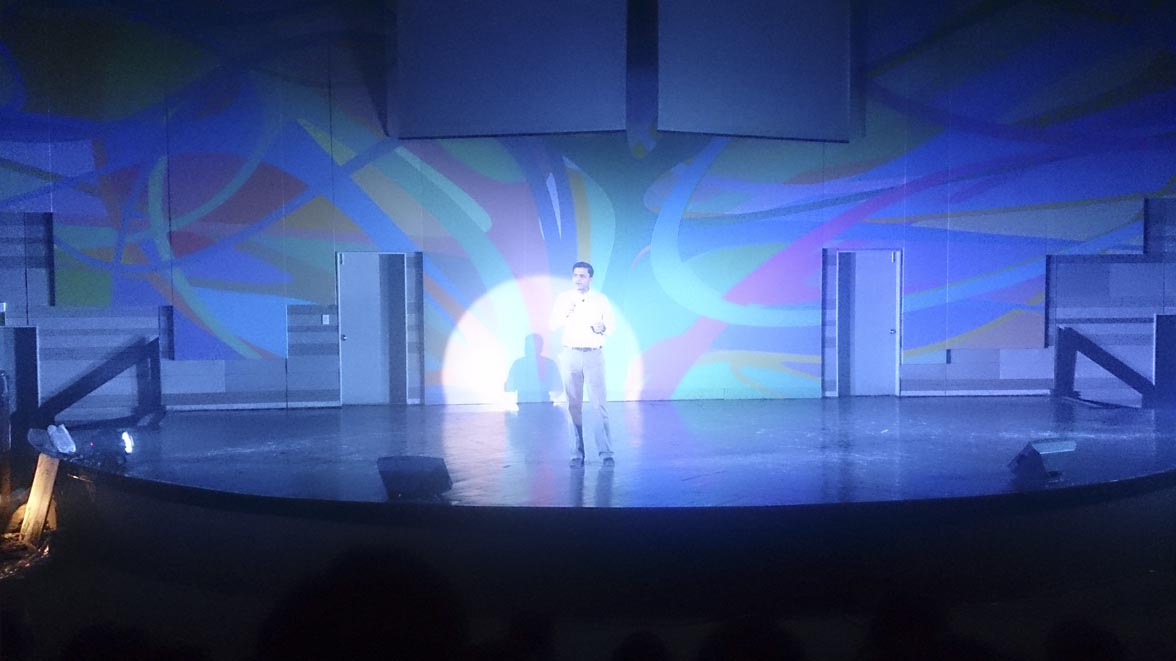The Story of Snapchat
The world goes snap at our fingertips.
Ever since the humble invention of the camera took place, we have all used it as a tool for storing and cherishing our memories. Be it our birthday, pictures of our pets, a random insect on the road, or even ‘selfies’ with our friends and family. What’s different is that, in this burgeoning era of technology, we have been gifted with the ability to store almost everything almost everywhere, which makes it almost impossible to lose something. A boon? One might think so. However, with the rise of new and evolving camera and photo applications, and the plethora of social networks devoted to documenting our own little masterpieces has made it very easy for our photos to go into the wrong hands or become photoshopped beyond measure. It is therefore, imperative that today’s world of technology cries out the need for security with regard to anything of a personal or professional nature. But it is said that once a photo gets on the internet, it stays there forever. Or does it?
That’s when Snapchat comes into picture. Snapchat takes this innovative thought into something that can be put forth into glaringly simple words. The ability to make photos disappear. It started out as an app called Picaboo, where users could click photos of themselves and send them to their friends with or without a caption. The photos could be set with a timer so that they’d only be available for viewing for a certain amount of time, and then would permanently vanish from our phones and their servers. Even today, their purpose remains very simple. What has changed are the number of tweaks and customisations added for our own personal convenience – one of the defininng features being the ability to paint the snaps with colours of our choice.
But back in their early years, Snapchat – or Picaboo, was nothing less than just another app. When it’s founders, Evan Spiegel and Jonathan May, released it for mobile devices, it had reached fewer than ten thousand downloads by the fall. But then, it boosted, and then suddenly everyone was using Snapchat. In an article released in 2012, it was stated that people were sending more than a 110 million snaps everyday. And then the numbers grew and grew. Hundred and ten became two hundred and thirty. And then it became a thousand. And it kept growing.
Spiegel remembers how, back in his University days, his classmates had balked at the idea of creating an app that made photos disappear. Now, it stands among the top five apps used by the young demographic all over the world. Snapchat was not just a startup but a revolution on what future sharing would be like. And of course, it came with its fair share of obstacles. For one, it was hacked by an anonymous hacker in 2013 who released information about their users on a website called snapchatDB.info, taking advantage of the app’s poor security system. Then there was also a slew of complaints regarding shameless promotion of weight loss, diet and such advertisements by users that were able to transmit viruses and lock users’ phones. Snapchat was also voted lowest on the bar for lack of good privacy policies. And then there was the infamous turning-down-Facebook-event.
Nevertheless, Snapchat had been voted as the fastest rising startup of 2012 – and has managed to rope in millions of people since its inception. With constant updates, they have managed to expand their API and also add some cool new features and security restrictions. For us who have been enslaved by the wonders of technology, Snapchat is just another of those applications that churns our social fodder. But through all these years, it has definitely shown potential at its best, and we can be sure that it could last for a lot of years down the line until – possibly – it gets acquired or lost into oblivion.




